26
Oct
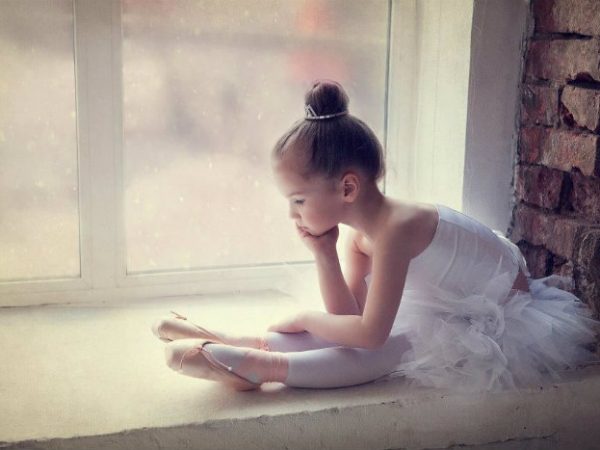
And 5, 6, 7, 8! It go right foot up, left foot slide, left foot up, right foot slide, basically, I’m sayin’, either way, we ‘bout to slide… in a dance shoes guide.
Just like a DJ needs his set of ones and twos to create that rich sound, a dancer needs his shoes to perform the enchanting movements. Sure, if you’re a dancer, you can dance in almost anything, but are you reaching your full potential?
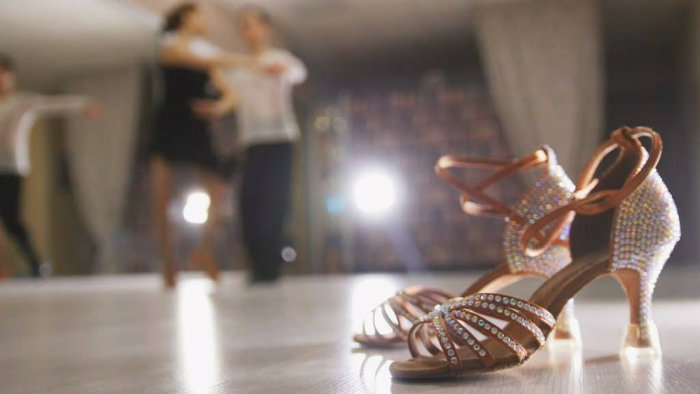
Dance shoes are specially designed footwear that allows dancers to move, slide, turn, spin and stop with ease. They allow for better balance and endurance, accentuate footwork and highlight leg lines. Dance shoes differ according to the style of dance and the characteristics of the floor and they need to meet certain guidelines to be qualified as dance footwear. Without further ado, let’s cha cha real smooth and step into the world of dance shoes.
Pointe shoes are used in ballet when dancers are moving on the tips of their toes. They have a toe box that’s stiffened with glue to allow dancers to perform en pointe and elastic straps and ribbons which are tied to the ankles to secure the shoe in place.
The ballet shoes, on the other hand, don’t have the stiffened box. They’re super stretchy and soft with either continuous sole or split-sole which allows the foot to be arched and easily pointed. Usually, they’re secured by elastics across the top of the foot.
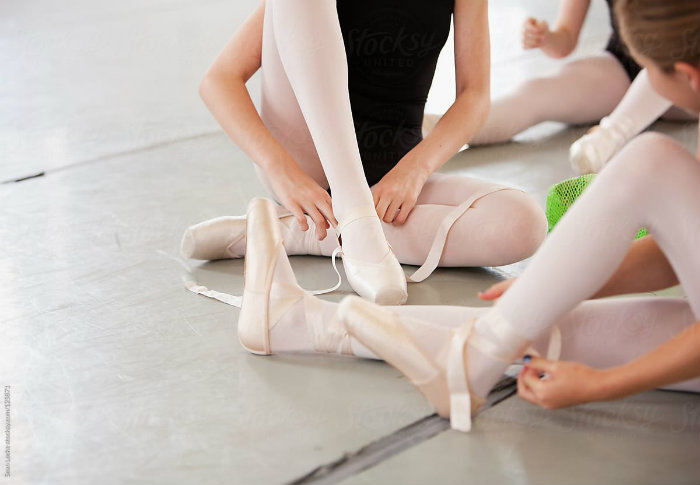
Jazz shoes are used in jazz, acro, hip hop and other dance styles and activities. They come in various styles but typically feature a split-sole that allows for a better arch, rubber patch and non-slip heel counter.
Tap shoes have metal plates which are attached to the toe and heel of the shoe. Their purpose is to make loud sounds when struck against the dancing surface.
Character shoes are quite similar to Mary Jane shoes in the way they look. They can be soft or hard-soled and the heels usually range from one to three inches. They can be used for Broadway-style dances, ballet classes, theatrical plays etc.
Ballroom shoes can be classical and Latin American, the latter usually features a higher heel and more flexible sole. Men’s classical ballroom shoes typically have 1-inch heels whereas the Latin version can have 1.5 to 2-inch heels. Women’s classical ballroom shoes have two-inch heels and their Latin American counterparts can feature 2.5 to 3-inch heels. Men’s ballroom shoes are usually lace-ups and ladies’ are typically open-toed and strapped.
Tango and flamenco shoes are more inclusive of higher heels with women’s shoes ranging up 9-inch heels. Men’s shoes have classical form, flexible soles and upper whereas ladies shoes have sturdy heels and stiff shanks.

Dance sneakers are lightweight kicks that protect the foot during exercise and allow for greater agility and better performance. They can have a split-sole or a continuous rubber sole.
There’re plenty of other shoes used to perform traditional dances such as ghillies which are used in Irish, Scottish and Highland dance and opanci which are used for circle dances (kolo, hora) in Eastern Europe and many Balkan countries.
First, no matter the style of the shoe, it needs to be made from high-quality materials which can withstand the vigorous movements and extreme wear and tear. Some of the best shoes for dancing incorporate AAA grade soft premium leather upper that offers abrasive resistance for longer wearing.
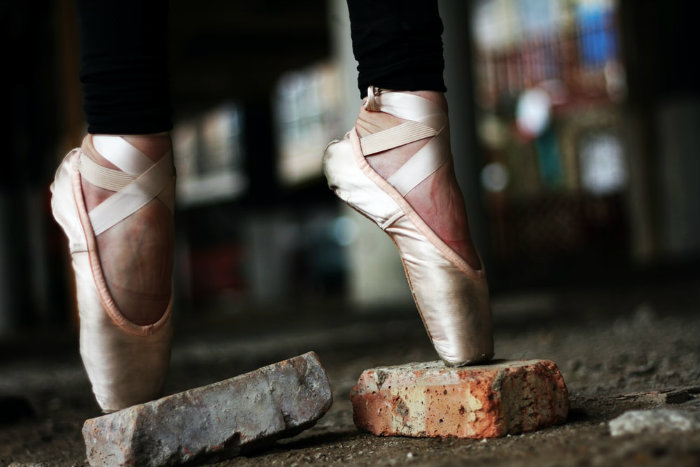
Next thing you want from your dance shoes is unprecedented flexibility. A premium quality dance shoe should be made of ultra-flexible materials which will hug your arch and help you move with ease. Depending on the style, some shoes have textured rubber outsole that provides stable landing and superior grip.
A good dance shoe should also have an inner lining made from breathable materials such as cotton. This will keep your feet dry and help with odour control, but it’ll also keep your feet from burning out.
Your dancing shoes should feel like a second skin. They should provide you comfort, support and confidence with every step you make. You should have enough room to wiggle your fingers, but not too much for the foot to move around. They should be tight and secure, but not too tight to restrict your movement. When you buy dance shoes, think about the sayings “fits like a glove” and “snug as a bug”. An ill-fitting or poor quality dancing shoe can singlehandedly ruin your performance or make training a complete nightmare.
No matter if you’re a professional dancer, beginner or Zumba/aerobic aficionado, you need to have a dancing shoe that’ll help you nail that choreo in class. Beginners are especially encouraged to start with flats, sneakers or other comfortable footwear and slowly build their way up to box toes or higher heels.
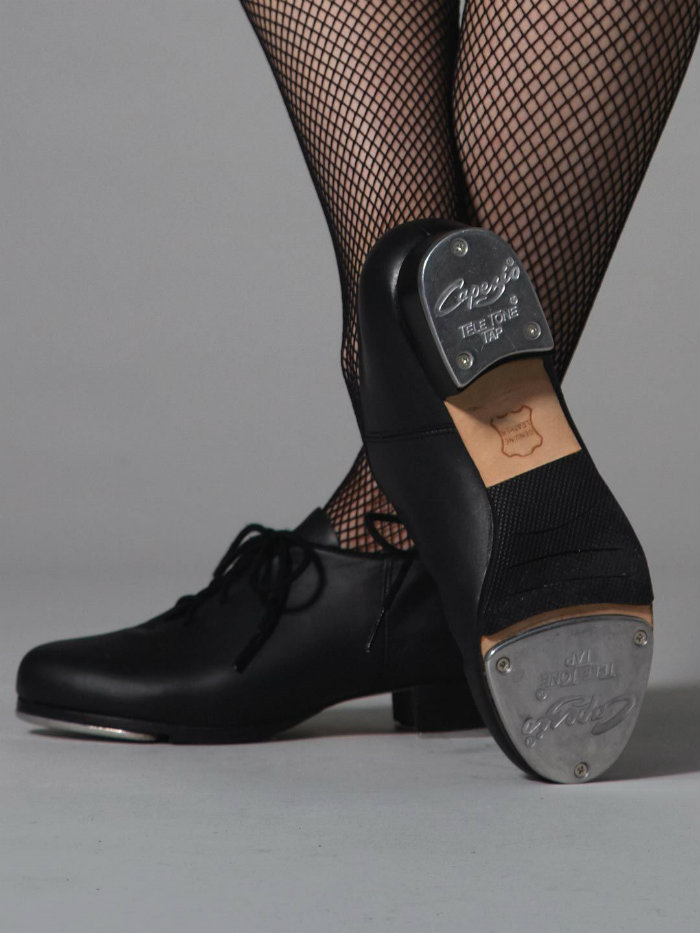
A pair of good dance sneakers is an absolute must for any aspiring dancer or dance enthusiast. Not just for class, but for leisure activities as well. Bloch has supported dancer’s feet for decades and collaborated with many world-famous dancers among which Dusty Button, Jason Samuels Smith and Devon Teuscher, to name a few. Today, they’re taking it to streets with their new Omnia Sneaker.
You can wear the Omnia Sneaker basically anywhere and bounce your way to the studio in style. It’s ultra-lightweight, constructed with a glove-like knit upper with holes around the arch and toe area for maximum ventilation. The outsole is extremely durable, flexible and shock absorbing. The padded insole provides additional comfort, but it can be removed for an additional room in the shoe if required. The padded heel counter cushions encourage lower impact with each foot strike and the lace-up fastening will prevent any Cinderella scenarios.
Of course, we mustn’t forget the iconic Rock It Dansneaker by Capezio that’s adored by hip-hoppers, jazz dancers, teachers, ballroom dancers and Zumba fans. It features a split-sole design with ventilated arch for maximum flexibility and comfort through movements. The built-in patented flex points and forepart spin spot make spinning a breeze and the contoured, cushioned EVA footbed ensures your feet are always snug and comfy.
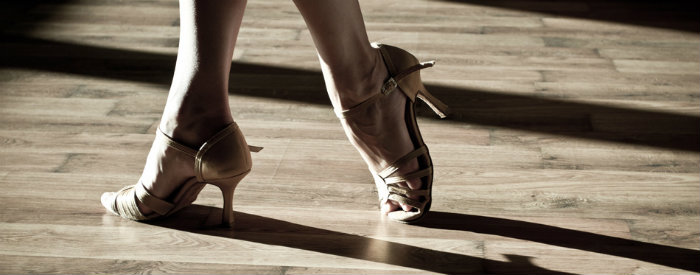
If you’re a dancer, you’ve been blessed with a special set of feet that deserve the ultimate TLC. Buy dance shoes that’ll help you conquer any stage, including your living room. Think of quality dance shoes as an investment in your awesome talent rather than an expense. Your feet and your whole body will thank you.